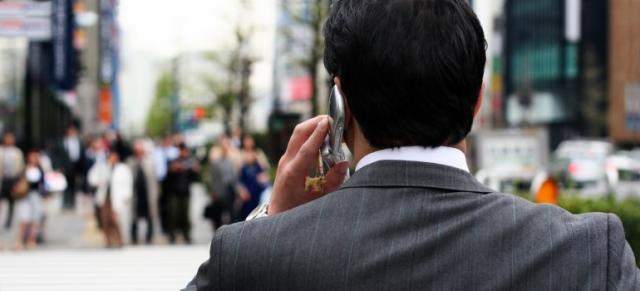When a natural disaster strikes and too many people take to their mobile phones at once, cellular networks easily overload. But a University of British Columbia graduate student has developed a solution to ensure that calls don’t get dropped and texts make it to their destination.
In a study published in the journal IEEE Transactions on Wireless Communications, Mai Hassan, a PhD student in the Department of Electrical and Computer Engineering, found a way to opportunistically use television and radio channels to transmit cellular signals when systems are pushed beyond capacity.

“I proposed a more effective way to use any channel in the neighborhood, even if those channels are being used by radio or television stations,” said Hassan. “The challenge was finding a way to make sure the cellular signals didn’t interfere with the people using those channels in the first place.”
Hassan’s solution involved changing the shape of the wireless signal so she could transmit on channels that use radio or television frequencies. She then had to change the direction of transmission away from the original channel. Instead of using traditional antennas, which transmit signals in all directions, she used smart antennas in mobile phones.
Smart antennas transmit signals in a single direction and can steer the beam to any direction. By manipulating the direction of the cellular signals, Hassan was able to transmit calls and texts to a receiver while avoiding any interference with the original radio and televisions signals.
Professors Jahangir Hossain, in the School of Engineering at UBC’s Okanagan campus, and Vijay Bhargava, in the Department of Electrical and Computer Engineering at UBC’s Vancouver campus, supervised this research.
Hassan’s study first used mobile phones with multiple smart antennas. With more than one smart antenna in the phone, signals overlap and interfere with one another. Sometimes overlapping signals will cancel one another and block transmission, which is known as destructive interference. Other times the interference enhances the signal, known as constructive interference. Hassan aligned the constructive interference to help get the cellular signal to its receiver and aligned the destructive interference to cancel in regions where the original radio or television signals were being transmitted.
As a next step, Hassan considered a more cost effective system. She exploited the crowd of mobile phones found in the network, with each phone having only one smart antenna, to cooperatively achieve the same constructive/destructive interference pattern. The phone users were located in different geographical locations but Hassan was able to overcome any asynchronism in their transmissions. She was able to turn the problem of crowded phone users into an opportunity.






